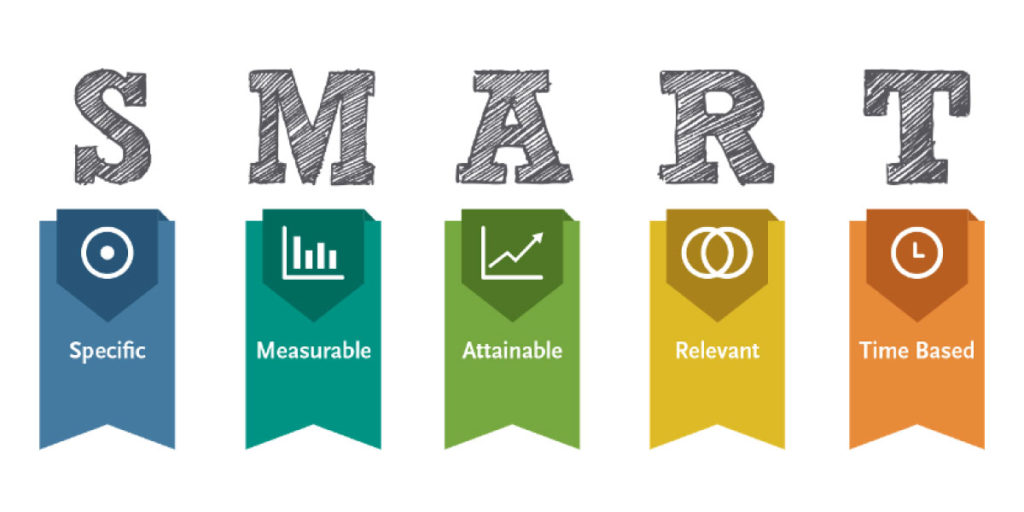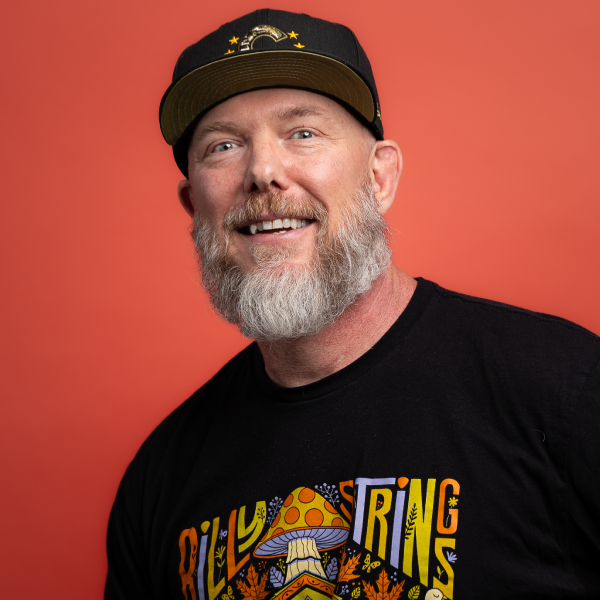“Optimize” is a word that gets thrown around freely. Everything is getting optimized. You can optimize your results, optimize your health, optimize your dinner order, optimize your life. But what does any of it really mean? When I think of optimizing something, I think of improving it to get the most efficient, effective, best results. In the realm of digital marketing, this usually relies on three things.
Know Your Audience
One of the reasons your digital marketing strategy might be delivering sub-optimal results is you have not taken the time to fully understand your target audience. After all, if you don’t have a crystal-clear picture of your target, how can you be expected to connect with them in a meaningful way? Understanding your target audience is comprised of two parts.
Buyer Persona
A buyer persona is a semi-fictional representation of your ideal customer based on market research and real data about your existing customers. You can create them easily with a bit of online research, conversations with client-facing members of your team and engagement with your current clients. Look for answers to the following questions:
- What are some common roles/titles for my ideal customer?
- What is their age range and education level?
- Do they use social media and if so, what social channels do they use most frequently?
- What does success look like for them?
- What are some of the biggest challenges they face?
- Where do they go to learn about new developments in their industry?
Record your answers in a document. This is your buyer persona. You’ll often have three or more different types of personas to create – one for each person you will interact with in the search for new business. Try using this handy buyer persona template.
Buyer’s Journey
The buyer’s journey is the process buyers go through as they become aware of, consider, evaluate, and decide to purchase a new product or service. There are three stages of a buyer’s journey.
- Awareness Stage: The buyer becomes aware that they have a problem.
- Consideration Stage: The buyer defines their problem and considers options to solve it.
- Decision Stage: The buyer evaluates and decides on the right provider to administer the solution.
Each stage looks different depending on the buyer persona who is experiencing it. Give it some thought. Identify the problems personas face, the solution categories that are available to them, and the things they look for in new solution providers. You’ll be well on your way to optimal marketing results.
Set SMART Goals
Many times, poor results are due to the lack of visionary effort. What I mean by this is people doing things without a clear sense of what they mean to accomplish. Setting SMART Goals is an easy way to solve this problem.
A SMART Goal is built using a set of fixed criteria.
- SPECIFIC – A specific goal is one that makes your next steps clear—or, at the very least, narrows down the potential next steps you might take.
- MEASURABLE – When a goal is measurable, you can easily track your progress. Typically, this means that a number will be attached to your goal.
- ATTAINABLE – Try to balance long-term goals with more achievable, short-term goals.
- RELEVANT – Set goals that will help you move in the direction you truly desire.
- TIMELY – Set goals that need to be accomplished within a specific time period.

By using the SMART goal framework you can set optimal goals. With SMART Goals you’ll be able to budget resources, create timelines and quantify success or failure.
Be Data-Driven
At Sharp Wilkinson, we’ve seen firsthand that it’s impossible to know what’s working (and what’s not) if there are no defined goals and metrics to judge success. How else will you determine return on investment (ROI)?
Our clients need an approach that builds a framework for good decision-making. This is done by analyzing metrics associated with customer behavior and adjusting the strategy in real-time based on what we learn. To make this possible, we build strategies that use tools with which we can accurately monitor engagement and behavior.
Here are some of the tool’s marketers can use to track analytics and optimize strategies:
Optimizing results is only half of the ROI battle. The second part is having a clear, optimized picture of the “I” – investment.
A marketing budget tracks and summarizes the money you will spend on marketing-related projects over the quarter or year. Marketing budgets should include expenses such as paid advertising, website design, social media management, event costs, and more. Check out this practical, functional spreadsheet template for planning and managing your marketing budget.
As you seek to earn the attention of customers and make your company easier to find online, keep in mind that over time things can and should be improved. Invest in a deeper understanding of your audience and their needs. Set clear, measurable goals that will help define the process to get you where you need to go. Seek to drive your organization’s growth with strategies and decisions informed by data.
Do these things and you will be rewarded with optimal results.
![20250616_SPW_SEOSmallBizGuideCTA • Sharp Wilkinson Boost Your Online Visibility! Unlock the secrets to a top-ranking website with our FREE SEO Guide for Small Businesses. [Download Your Guide Now!]](https://sharpwilkinson.com/wp-content/uploads/2025/06/20250616_SPW_SEOSmallBizGuideCTA-1024x512.png)





